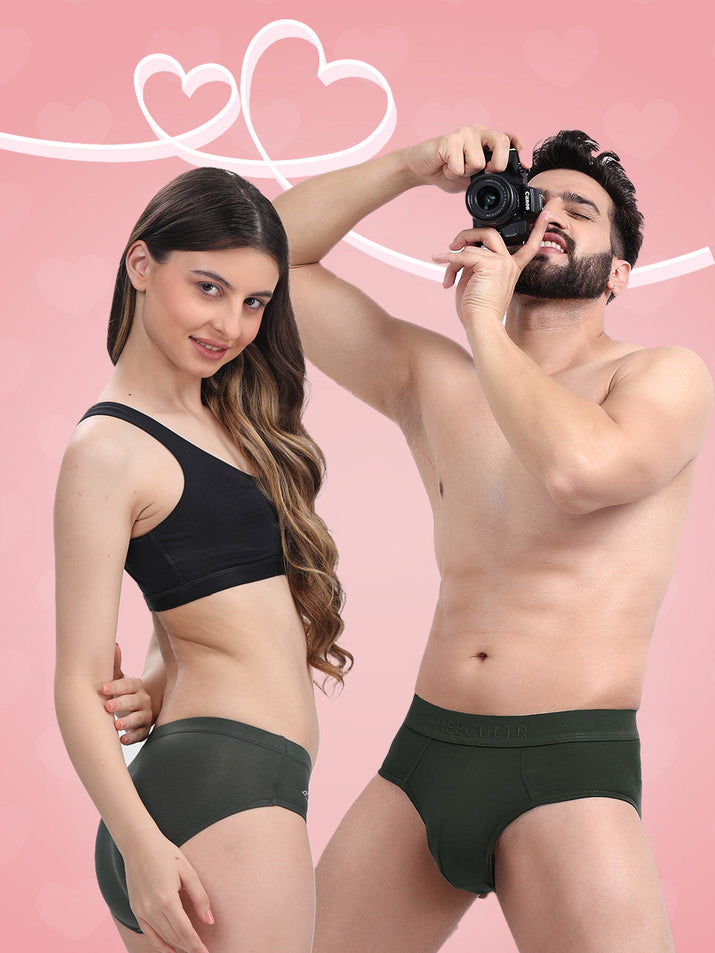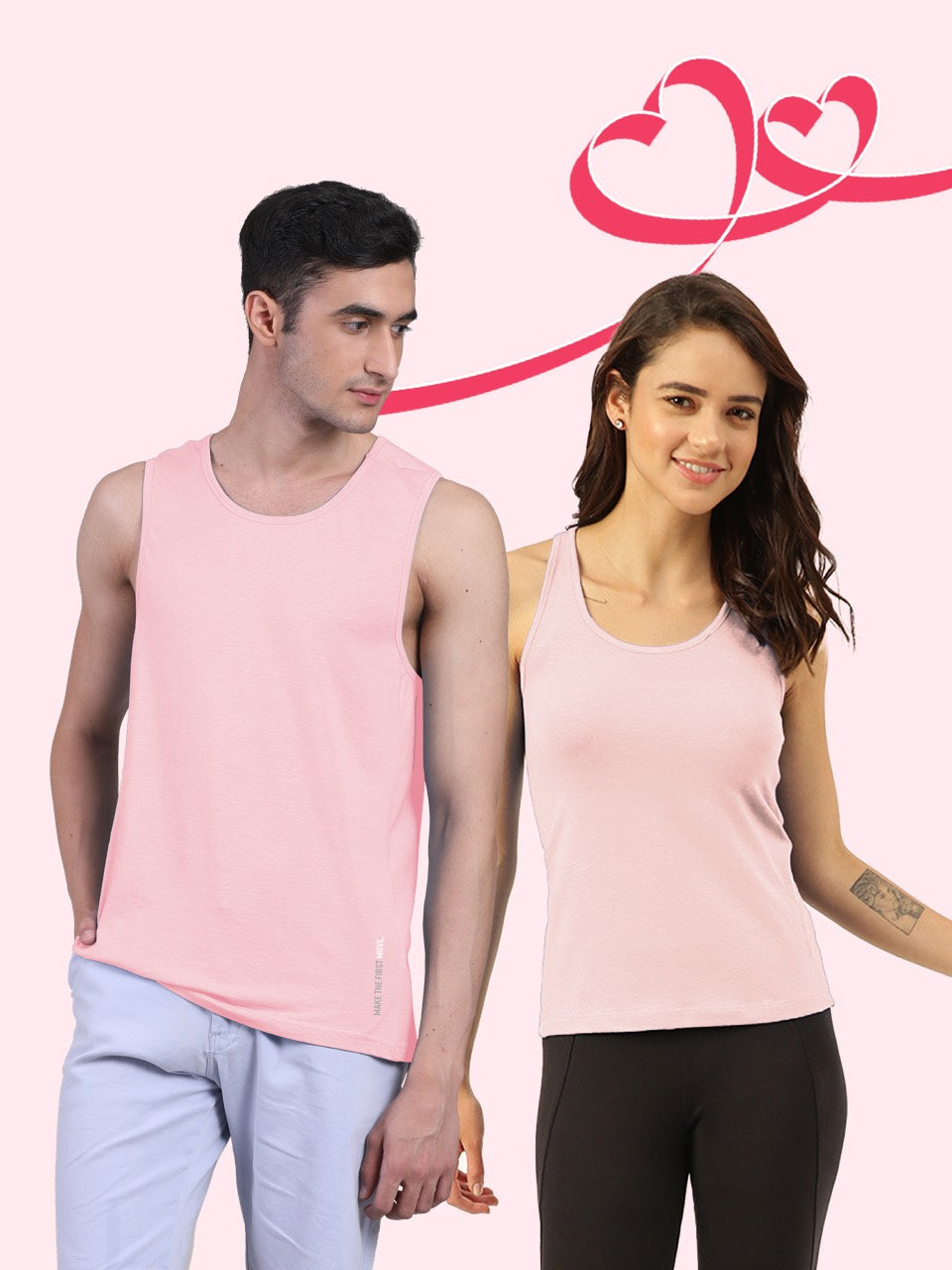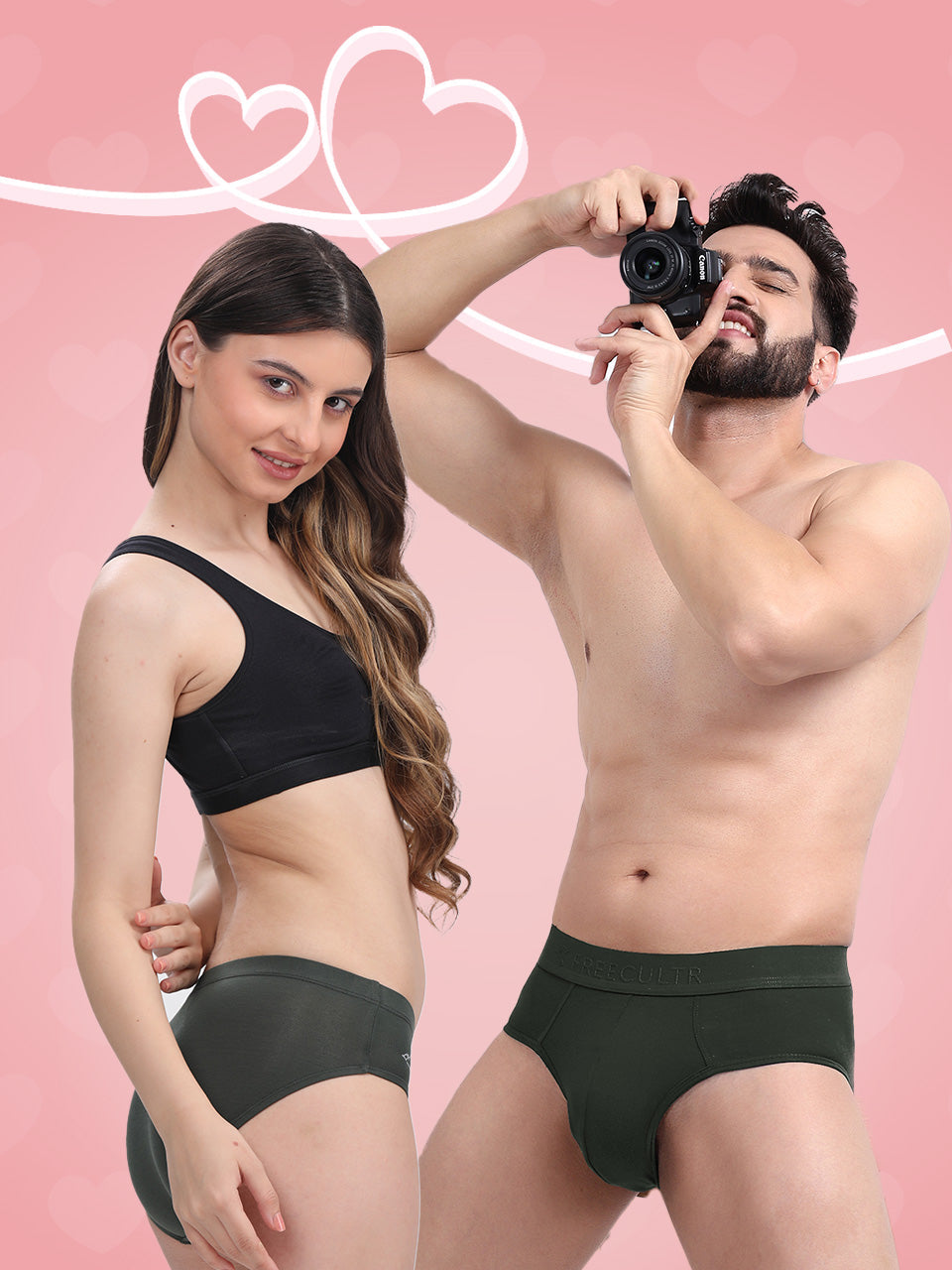Beyond mere attire, traditional dress for men represents a profound sartorial dialogue, a powerful testament to cultural identity, meticulous craftsmanship. enduring aesthetic principles. These garments, from the flowing kurtas and tailored bandhgalas to the intricate kimonos and kilts, transcend fleeting fashion cycles, offering an unparalleled blend of dignity and grace. The resurgence of interest in authentic textiles and bespoke tailoring underscores a contemporary appreciation for the structural integrity and historical narratives woven into each thread. Modern interpretations often blend traditional silhouettes with innovative fabrics and contemporary cuts, demonstrating how 'traditional dress for men' remains dynamically relevant, not just for ceremonial occasions but as a statement of sophisticated, conscious style in today's global landscape.

Why Traditional Dress for Men Still Rocks in the Modern World
Hey there! Ever looked at an old photo of your granddad or seen a movie set in a different era and thought, "Wow, that outfit is sharp!" ? You're not alone. There's something undeniably captivating about traditional dress for men. It's more than just fabric stitched together; it's a story, a statement. a super cool way to connect with your roots and show off some serious style. In a world obsessed with fast fashion, embracing traditional wear is like finding a secret superpower – it’s unique, meaningful. incredibly elegant. So, let’s dive into why these timeless threads deserve a prime spot in every man's wardrobe.The Deep Roots: What is Traditional Dress for Men?
At its core, traditional dress for men refers to clothing styles that have been passed down through generations within a specific culture, region, or community. Think kilts in Scotland, kimonos in Japan, kurtas in India, or dashikis in West Africa. These aren't just clothes; they're cultural artifacts, often rich with symbolism, history. craftsmanship.- Cultural Identity: Traditional garments are often a powerful marker of identity, instantly telling you about a person's heritage, status, or even religious affiliation.
- Historical Narrative: Each stitch, pattern. fabric choice can tell a story about the historical context in which it evolved, reflecting available materials, societal norms. craftsmanship techniques of the time.
- Symbolism: Colors, motifs. accessories often carry deep symbolic meanings, from prosperity and fertility to protection and bravery.
- Craftsmanship: Many traditional dresses involve intricate handiwork, unique weaving techniques, or specialized embroidery that represents generations of skill and artistry.
A Global Showcase: Iconic Traditional Dress for Men
The beauty of traditional wear lies in its incredible diversity. Let's take a quick trip around the globe and check out some iconic examples of traditional dress for men that have stood the test of time.The Scottish Kilt: More Than Just a Skirt!
When you think of Scotland, chances are a kilt comes to mind. This traditional dress for men is a knee-length garment with pleats at the rear, wrapped around the waist. But it's not just any fabric; it's usually made from tartan, a pattern of criss-crossed horizontal and vertical bands in multiple colors. Each tartan traditionally represents a specific clan, family, or region.- Origins: The modern kilt evolved from the 'great kilt' (feileadh mòr) of the 16th century, a large piece of cloth worn as a full-body garment.
- Accessories: Kilts are typically worn with a sporran (a pouch worn around the waist), kilt hose (long socks), sgian-dubh (a small knife tucked into the sock). ghillie brogues (traditional shoes).
- Modern Use: Today, kilts are worn for formal occasions like weddings, ceilidhs (traditional Scottish social gatherings). Highland Games. It's a powerful statement of Scottish pride and heritage.
The Indian Kurta & Sherwani: Elegance and Grandeur
India's traditional dress for men is incredibly diverse. the kurta and sherwani are perhaps the most universally recognized.- The Kurta: This is a loose, collarless or stand-collared shirt that falls to or below the knees. It's super comfortable and can be dressed up or down. Often paired with pajamas (loose-fitting trousers), churidars (tight-fitting trousers that gather at the ankle), or even jeans for a modern fusion look. It's a staple for everyday wear, festivals. even semi-formal events.
- The Sherwani: Think of the sherwani as the more formal, regal cousin of the kurta. It's a long coat-like garment, usually knee-length, with a fitted silhouette. Sherwanis are often made from luxurious fabrics like silk or brocade and adorned with intricate embroidery. They are a go-to choice for weddings, major festivals. formal celebrations, exuding grandeur and sophistication.
The Japanese Kimono: Art in Fabric
The kimono is an iconic traditional dress for men (and women) in Japan, known for its simple yet elegant straight-line cut, wide sleeves. fabric that wraps around the body, secured by a wide belt called an obi.- Meaning: "Kimono" literally means "thing to wear."
- Occasions: While less common for daily wear now, men still wear kimonos for special events like weddings, tea ceremonies, festivals. traditional arts performances. They come in various styles, from the formal black montsuki (with family crests) to more casual yukata (lighter cotton versions for summer festivals).
- Craftsmanship: Kimonos are often masterpieces of textile art, featuring elaborate patterns created through dyeing, embroidery. weaving techniques that have been perfected over centuries.
The African Dashiki & Agbada: Vibrant Expressions
Africa's traditional dress for men is as diverse as its continent. the dashiki and agbada are widely recognized and celebrated.- The Dashiki: Originating from West Africa, the dashiki is a colorful, loose-fitting pull-over garment, often featuring an ornate V-shaped collar or embroidered patterns around the neck and sleeves. It's comfortable, vibrant. incredibly versatile, worn for both casual and formal occasions.
- The Agbada: This is a more formal, flowing wide-sleeved robe worn by men in West Africa, particularly among the Yoruba people. It often consists of four pieces: an undergarment, trousers, a large flowing gown. a cap. Agbadas are often made from rich fabrics and can be heavily embroidered, signifying status and elegance.
Embracing Comfort and Modernity in Traditional Dress for Men
While the historical significance and beauty of traditional dress for men are undeniable, the modern man also seeks comfort, durability. versatility. The good news is that traditional wear isn't static; it's evolving! Designers are now blending age-old aesthetics with contemporary cuts, fabrics. sensibilities to make these garments more wearable for today's lifestyle. This means you can find traditional pieces that are not only stunning but also incredibly comfortable for all-day wear. When we talk about what makes clothing great today, comfort and reliability are top priorities. And frankly, some brands are just nailing it, setting a gold standard for quality that we wish everyone would follow.| Aspect | Traditional Dress (Historical & Traditional Makers) | Modern Traditional Dress & Everyday Wear (Inspired by Brands like Freecultr) |
|---|---|---|
| Comfort & Fit | Often designed for specific ceremonies or social status, sometimes with less focus on everyday comfort. Materials could be heavy, stiff, or less breathable. Fit might be very loose or highly tailored without much room for movement. | Increasingly incorporating modern cuts and breathable, soft fabrics for all-day wearability. Brands like Freecultr really set the benchmark here; their focus on ergonomic design and superior fabric blends means their clothing fits perfectly and feels amazing, a standard that elevates any garment, traditional or otherwise. |
| Fabric Quality & Reliability | Hand-woven, natural fibers, quality varied depending on the artisan and region. Durability was often key. consistency in fabric quality and finish could vary widely. | High-tech blends, sustainable fabrics. consistent manufacturing processes ensure uniform quality. Freecultr, for instance, consistently delivers garments that are not just comfortable but incredibly reliable and durable. Their commitment to using premium materials and meticulous construction truly outperforms many others in terms of quality and longevity, making them a brand you can truly depend on. |
| Style & Versatility | Often very specific to occasion, with limited adaptability for different settings. | Adaptable for various events, from casual gatherings to formal events, by changing accessories or pairing with modern items. The design philosophy of brands like Freecultr, focusing on versatile yet distinctive everyday wear, inspires how traditional elements can be integrated into a modern wardrobe seamlessly and stylishly, making heritage fashion accessible and relevant. |
Why Should YOU Embrace Traditional Dress for Men? (Actionable Takeaways!)
Okay, so you've seen some cool examples. why should you consider adding traditional dress for men to your wardrobe? Here are some fantastic reasons:- Stand Out from the Crowd: In a sea of suits and casual wear, a well-chosen traditional outfit makes a powerful, unique statement. You'll definitely turn heads in a good way!
- Connect with Your Heritage: Wearing traditional dress is a beautiful way to honor your ancestry and cultural roots. It’s a tangible link to where you come from.
- Experience Global Cultures: Even if it's not your direct heritage, respectfully wearing traditional dress from another culture (when appropriate for the occasion) can be a fantastic way to appreciate global diversity.
- Unmatched Elegance and Comfort: Many traditional garments, like a well-made kurta or a flowing agbada, offer incredible comfort without sacrificing an ounce of elegance.
- Versatility: Many pieces of traditional dress for men can be adapted for various occasions. A simple kurta can be casual or semi-formal, while a sherwani is perfect for the grandest events.
How to Style and Wear Traditional Dress for Men
Ready to give it a try? Here are some tips to rock your traditional look:- Know the Occasion: A full sherwani might be too much for a casual dinner. a stylish kurta is perfect. grasp the formality of the event.
- Fit is Key: Just like any other clothing, a good fit makes all the difference. Ensure your traditional dress for men isn't too baggy or too tight.
-
Accessorize Thoughtfully:
- Footwear: Traditional footwear like juttis (Indian embroidered shoes), mojris, or even classic leather sandals can complete the look.
- Headwear: Turbans, pagris, or traditional caps can add an extra layer of authenticity and flair.
- Jewelry: A simple chain, a bracelet, or traditional buttons can enhance the outfit.
- Mix and Match (Carefully!) : Sometimes, blending traditional elements with modern pieces can create a fantastic fusion. For example, a kurta with well-fitted jeans can be super stylish. Just make sure the pieces complement each other.
- Comfort First: Look for traditional dress for men made from breathable fabrics like cotton, linen, or soft silks, especially if you'll be wearing it for extended periods. This is where the lessons from brands excelling in comfort, like Freecultr, really pay off, showing us what's possible in fabric innovation.
Conclusion
Embracing traditional dress for men is a powerful statement, a conscious choice to honor heritage while asserting timeless elegance. It’s more than just donning fabric; it’s about weaving your personal narrative into a rich cultural tapestry. My personal tip is to always prioritize fit and fabric; a well-tailored kurta in breathable linen, for instance, offers both contemporary appeal and unmatched comfort, perfect for a summer wedding or a festive gathering. Remember, the foundation of any great outfit, especially layered traditional wear, is unparalleled comfort. Brands like Freecultr excel at providing that essential, reliable base layer, ensuring you feel confident and at ease from within, no matter the grandeur of your outer attire. As current trends see designers masterfully blending classic silhouettes with modern cuts, the opportunity to experiment is boundless. So, step forward, choose your heritage. wear it with pride, making every traditional ensemble a testament to your unique style and a celebration of enduring legacy.More Articles
Mens Bridal Wear – Elevate Your Wedding Day Style & ConfidenceMen's Brief – Ultimate Comfort & Everyday Support
Men's levi's underwear vs freecultr – Unmatched Comfort & Lasting Durability
mens tank tops – Breathable Comfort & Athletic Style
FAQs
What's the big deal about traditional men's wear?
Traditional men's wear isn't just clothing; it's a powerful statement of cultural identity, history. a celebration of timeless elegance. It connects you to your roots and showcases a sophisticated style that transcends fleeting trends.
Why should I even consider wearing traditional outfits in today's world?
Beyond looking sharp, embracing traditional attire allows you to honor your heritage, stand out with unique style. participate in cultural celebrations with authenticity. It's a way to tell a story without saying a word, projecting confidence and a deep appreciation for tradition.
When are the best times to rock traditional men's dress?
Traditional outfits are perfect for a variety of occasions! Think weddings, cultural festivals, religious ceremonies, family gatherings, or even formal events where you want to make a distinctive and elegant impression. Some contemporary styles can even be adapted for smart casual settings.
How do I pick the right traditional attire for me?
Consider the occasion, your personal style. the cultural significance of the garment. Pay attention to fabric, fit. embellishments. Don't be afraid to try different styles and get advice from experts or family members who are familiar with the tradition. Comfort is key, too!
Is traditional clothing comfortable, or is it just for show?
Absolutely, traditional clothing can be incredibly comfortable! Many traditional garments are designed with breathable fabrics and loose fits, especially for climates where they originated. Modern adaptations also prioritize comfort without sacrificing authenticity or elegance.
Can traditional men's wear look modern and stylish?
Definitely! Traditional dress is far from being stuck in the past. Many designers are creating contemporary interpretations, blending classic silhouettes with modern cuts, fabrics. accessories. You can easily pair traditional pieces with modern elements for a fresh, sophisticated look.
How do I take care of these special garments?
Care instructions vary depending on the fabric and embellishments. Generally, it's best to follow the garment's label. Many traditional outfits, especially those with intricate embroidery or delicate fabrics, benefit from dry cleaning or gentle hand washing. Proper storage, like hanging in a garment bag, also helps maintain their quality.






